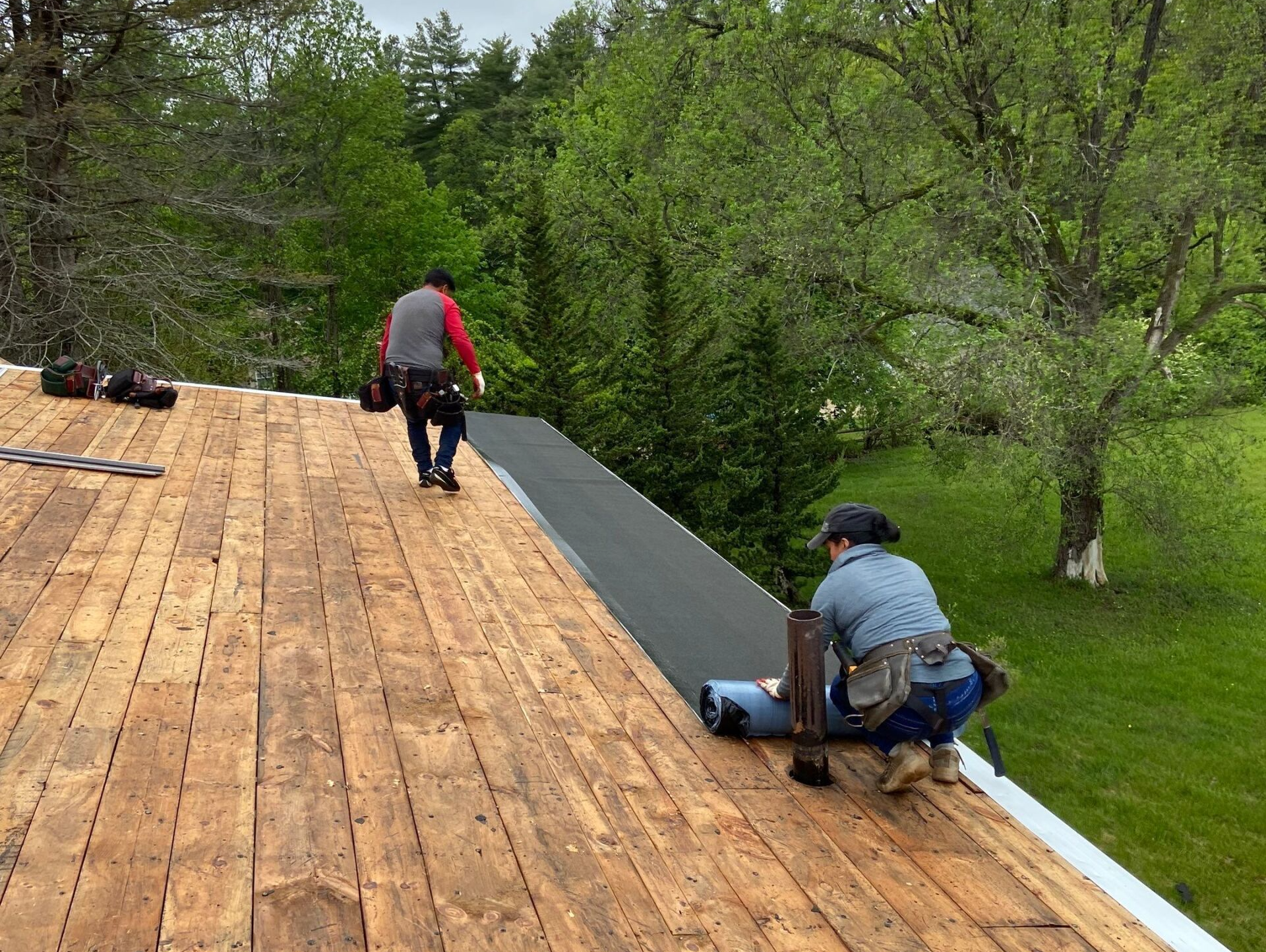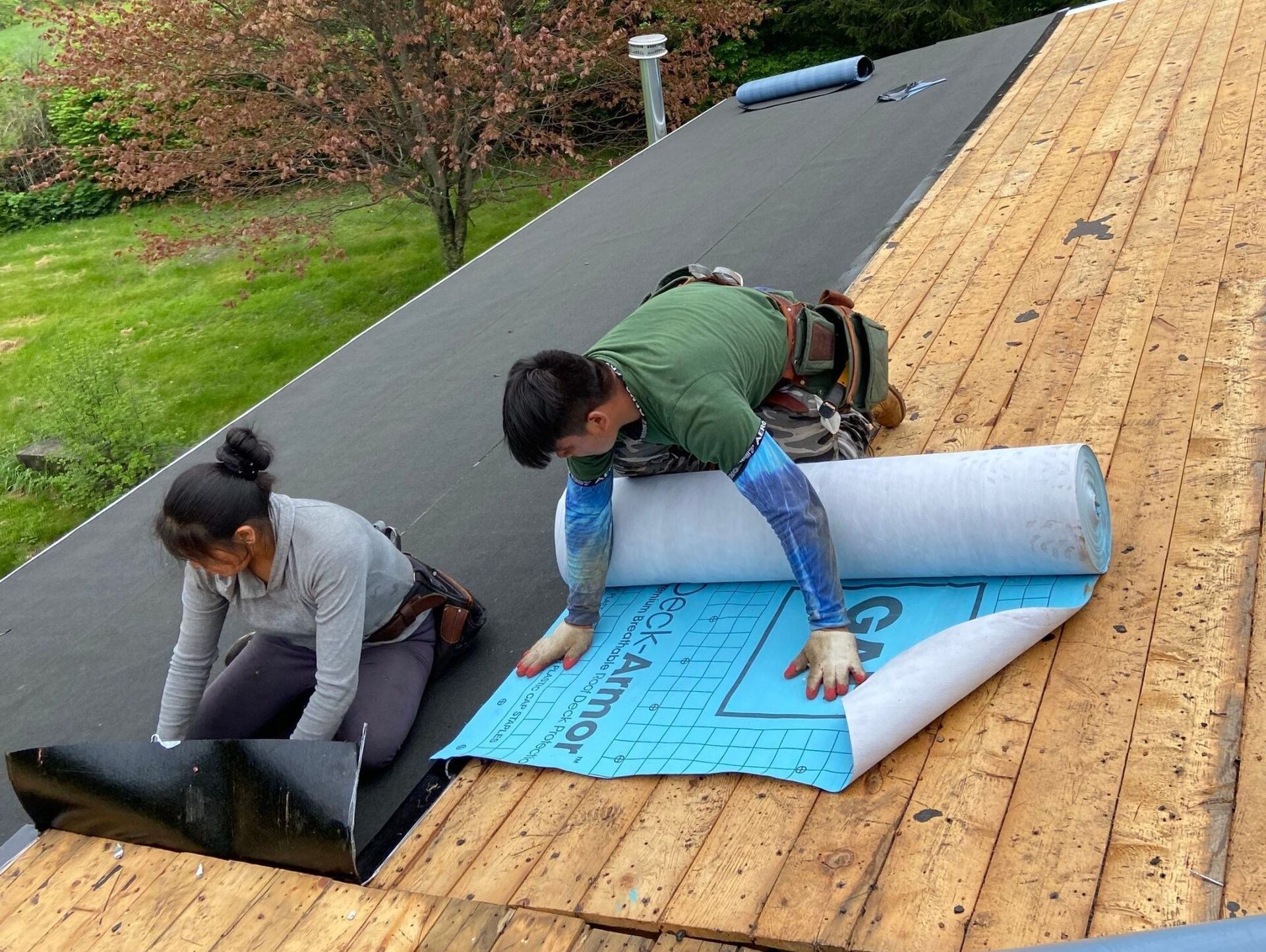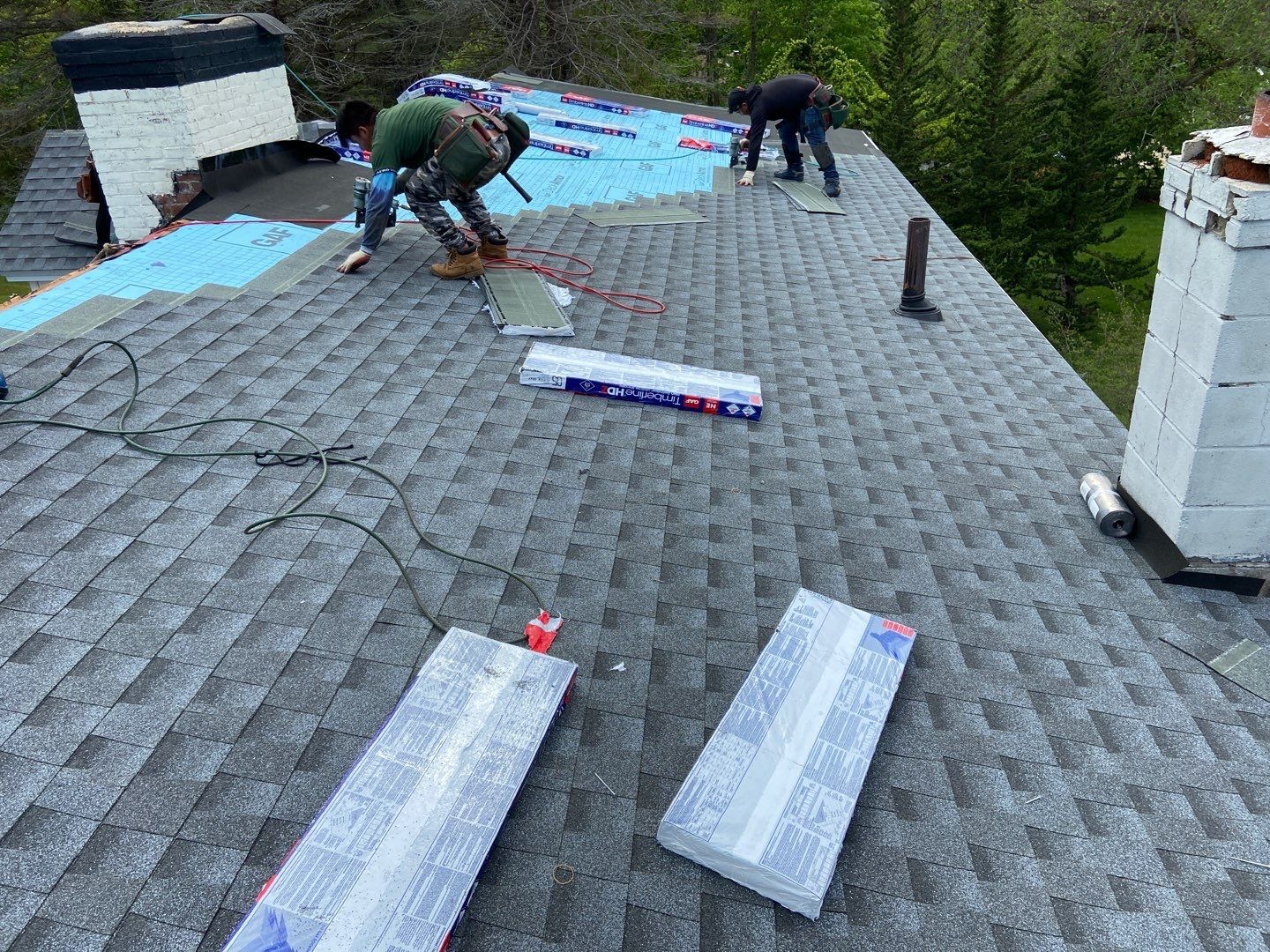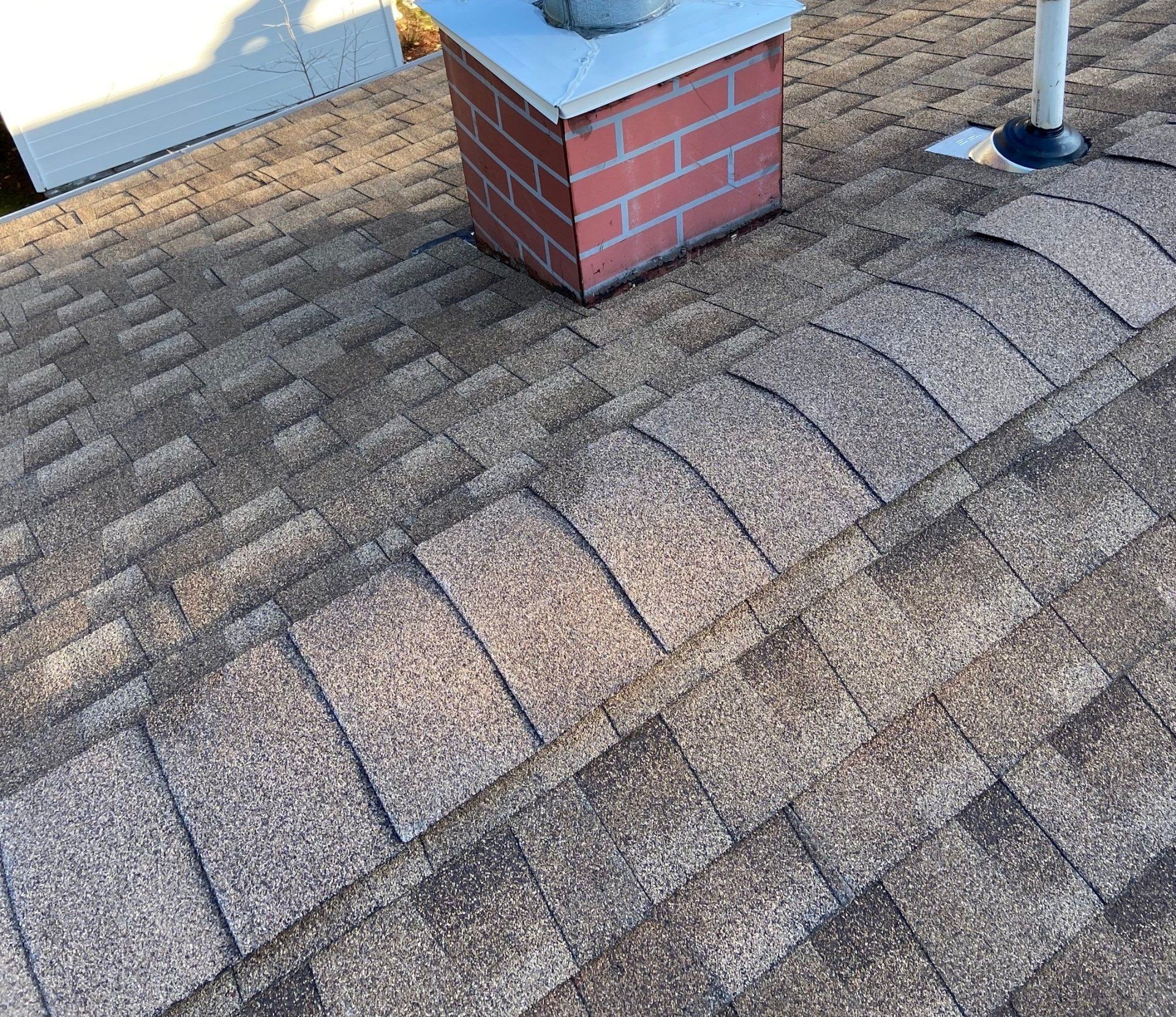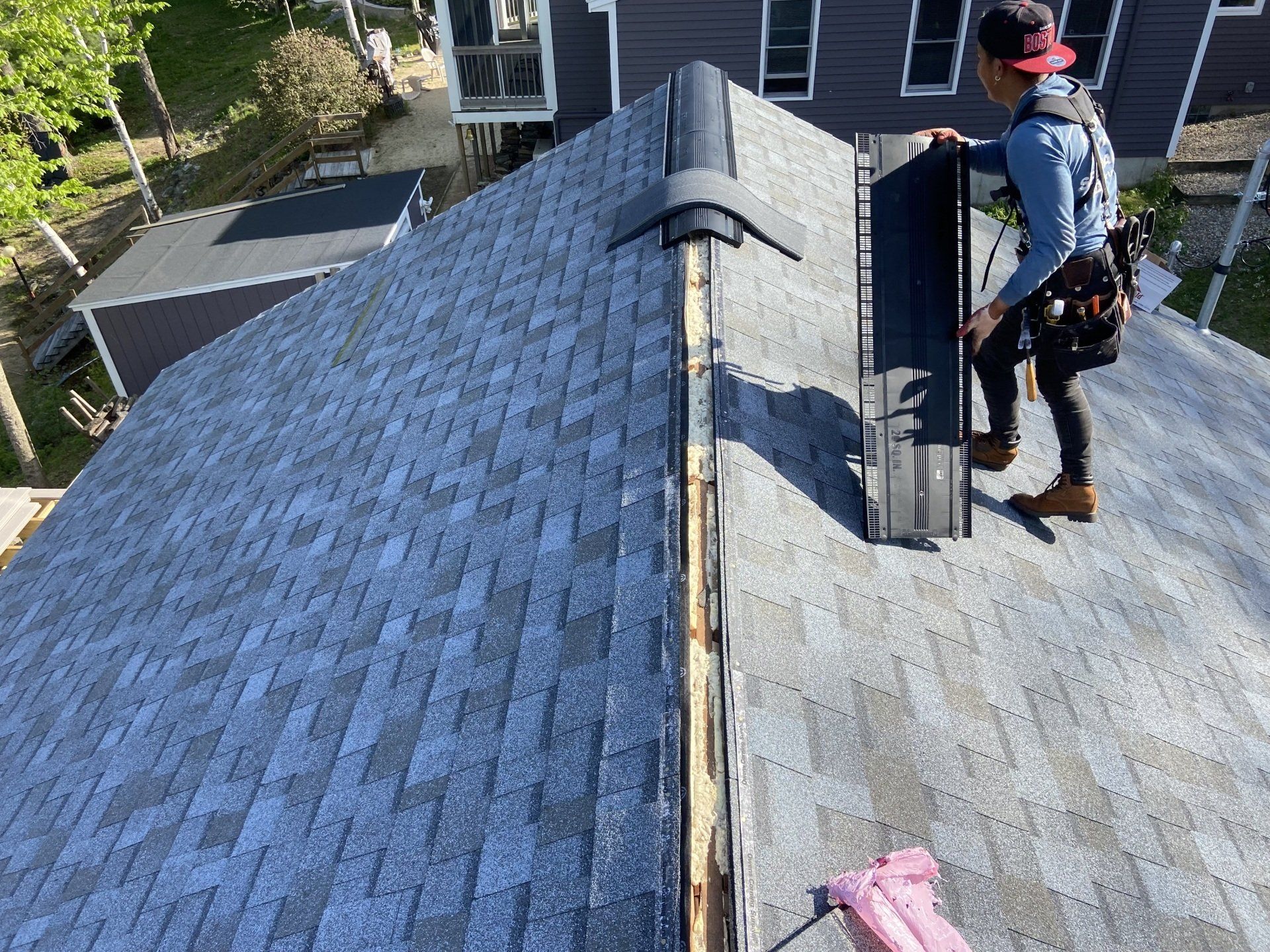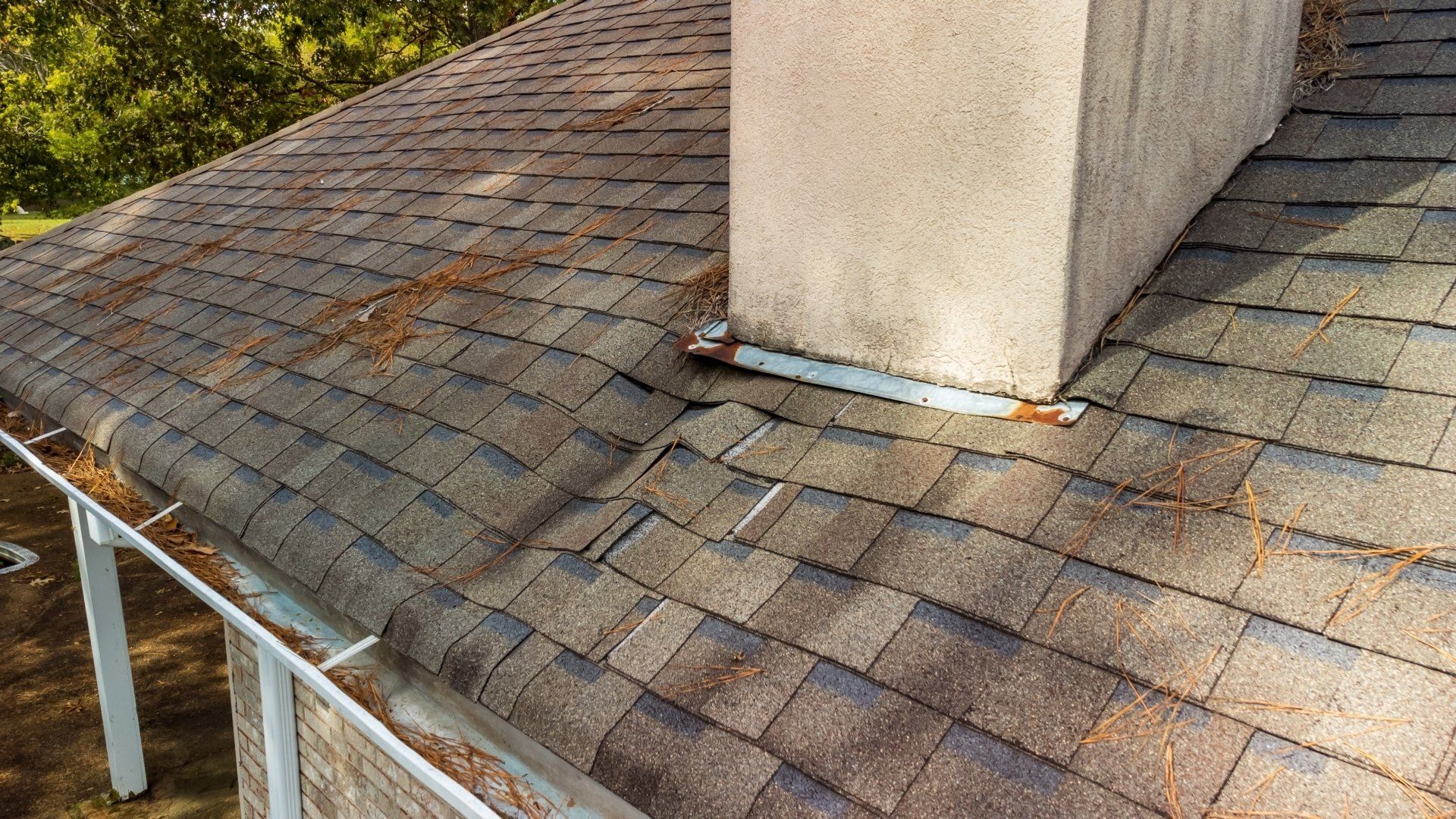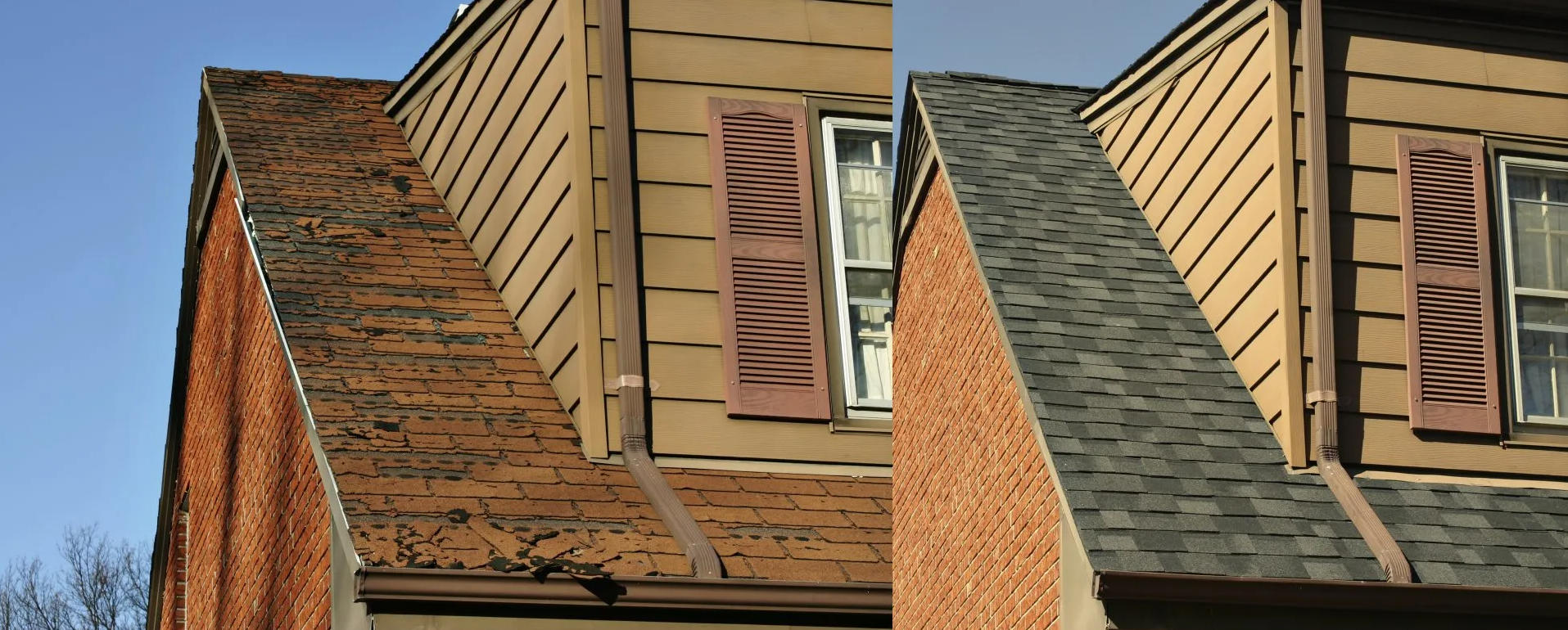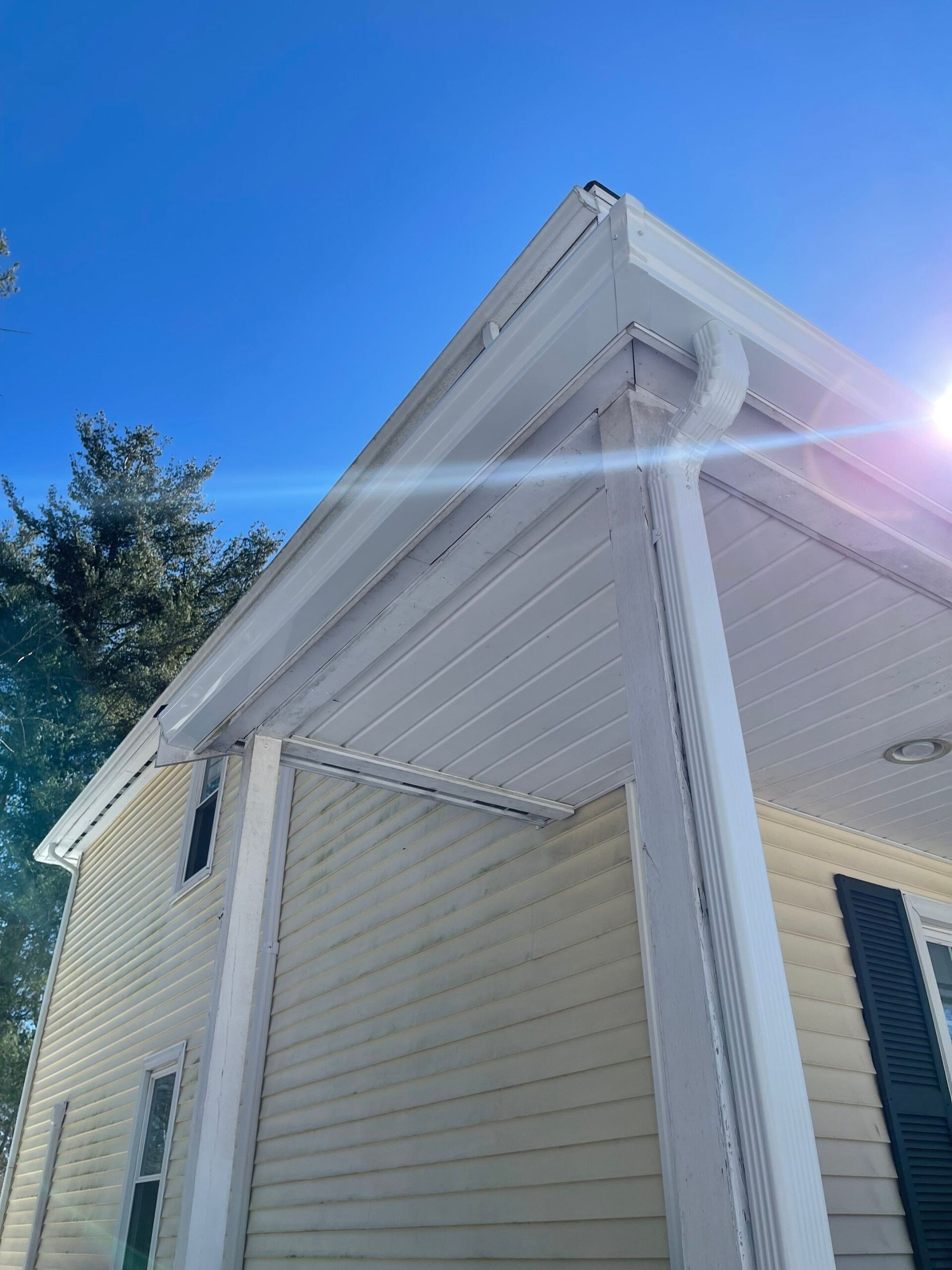The first piece and one of the most important components of an asphalt shingle roof is the drip edge. The drip edge is a metal strip that is installed along the edges of the roof. Its purpose is to direct water away from the fascia board and into the gutters. Without a drip edge, water can seep under the shingles and cause damage to your home.
When choosing a drip edge, it is important to choose one that is made of Galvalume or aluminum. These materials are corrosion-resistant and will not rust over time. You should also make sure that the drip edge overlaps with the ice and water shield by at least two inches. This will ensure that your home is protected from water damage.


